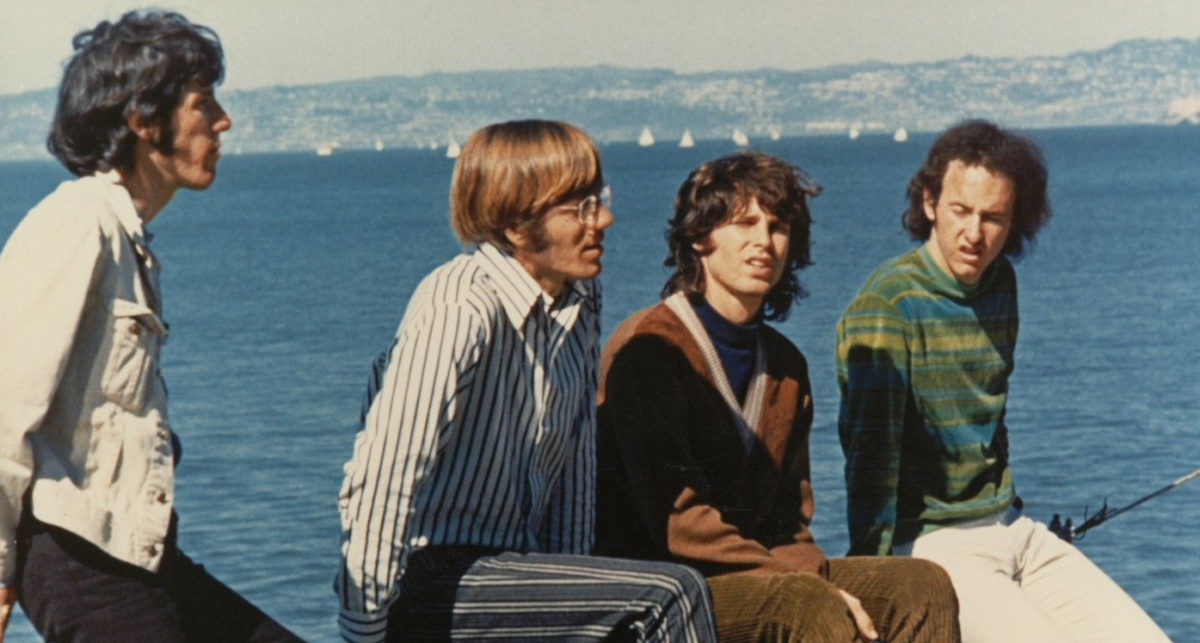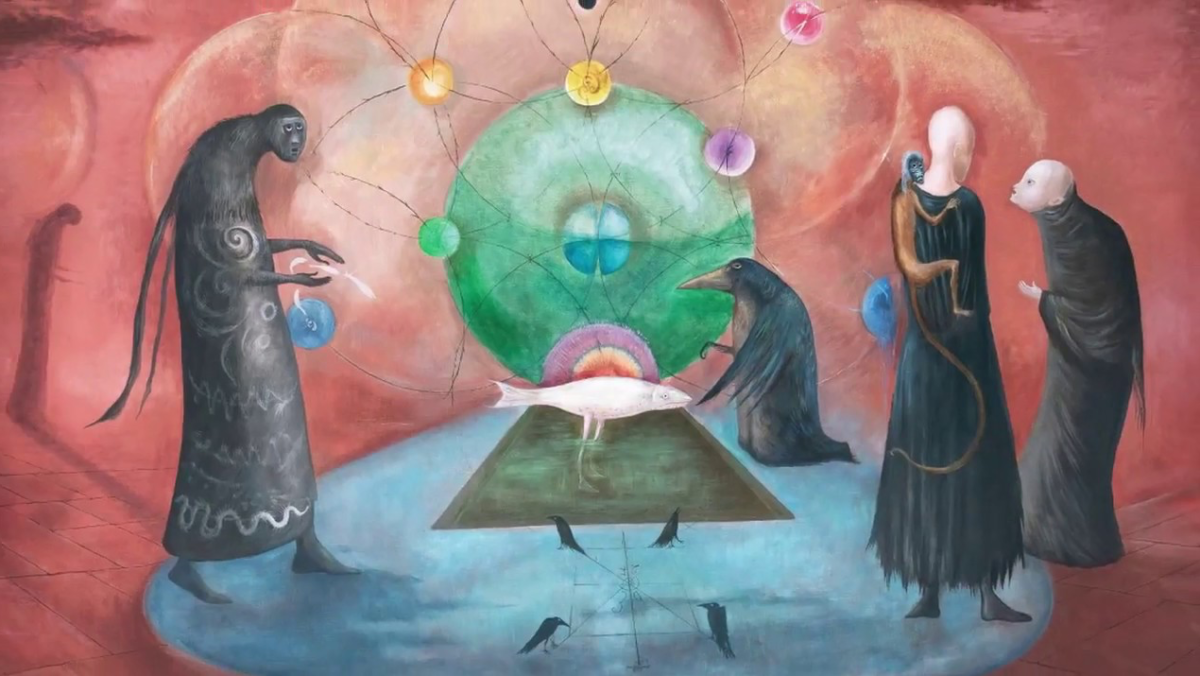By Thea Opperman.
Reaching the end of term is a great excuse to sit back and reflect on what this year has brought us so far within the creative scene of Durham. There’s been DH1 signing more and more bands, collaborating with the likes of SNAFU for their infamous gigs at the Angel; there was Fight Night, where some insanely brave students took each other on in the ring; and now we have been lucky to have the latest incredible student plays popping up once again from the drama scene.
It’s been a great term, but one aspect of the social calendar has been there every week, through thick and thin – and I, of course, am meaning Rotate Wednesdays, run by the incomparable team of Brett, Agnes, Alex, Harry, Georgia, and Bea. These 6 are the ones responsible for many a hangover from a night in Loft; and, since working for the brand, they have elevated Rotate to new heights, as they create a community of not just followers, but of mates.
Where did Rotate come from? Well, it’s no secret that Durham is known as ‘Dullham’ for a reason. With a sparse number of clubs, a few decent college bars, and some nice pubs, the city is hardly pushing boundaries in terms of entertainment for students. As a remedy for this Durham boredom five years ago, four guys started to throw ‘underground’ house parties above a flower shop on North Road. Unsurprisingly, they were hugely successful, and some months later they were able to upsize to Allington House, before taking the more established residence at Fab’s – the birthplace of ‘Rotate Wednesdays’.
Building ‘Rotate Wednesdays’ to be what they are today took a lot of work, as Brett, Rotate’s captain told Wayzgoose; “it took a long time for people to show up at Fab’s”. Word of mouth was key, but they had confidence that what they were offering – an alternative night out to the would-be Abba-filled night at Jimmie Allen’s, or even sports night at Babylon – would eventually sell itself.
One year on, they find themselves residing at Loft, a relatively new club on North Road, that seems to fit their alternative aesthetic far more naturally than Fab’s. As the team were explaining, Loft is great for a number of reasons: “more space”, Agnes told us, “we have gone from a 200 capacity to 600” which, she admitted “does come with its own set of difficulties”. Handling the super-long funnel queue, for example, is not as easy as you might think. But more importantly, however, the bigger space has allowed them to “grow a community”. Creating this vibe was one of their key aims setting out, as Georgia explained – “We want it to feel like a family, with more and more students returning each week, we want them to feel at home.”
But the predominant goal of Rotate is to provide a platform for new, up-and-coming DJs, giving them an opportunity to perform to a crowd with legitimacy and support. Alex, one of their resident DJs, told us that offering emerging artists this break is a “really important one”, as it “materialises a passion, externalising it into something real.” Georgia and Harry, the other two resident DJs, agreed; Rotate had been their first proper gig too and as such, they told me “we want others to have that same opportunity.”
One key way in which they have adapted to the new space in order to create this feeling of authenticity is their decision to move the actual DJ decks forward, into the dance floor, allowing the crowd to dance behind whoever is performing. When asked, all 6 of the Rotate team told us unanimously that it had been “one of the most successful changes” they have made all year. “It creates intimacy, like you are at someone’s house” – again, adding to that family feel they are so wanting to create.
When drawing the interview to a close, I asked them how they feel about Durham’s growing creative scene, and whether they think it might be becoming an oversaturated market. But they all answered, “for sure it’s growing”, without a doubt, “but that’s what we want.” Brett explained “we are all working together – no one is stealing punters and we do our events on different nights” whilst Harry added “it’s nice the market is filled, it’s like we are shouting into a void that others are shouting into too.” The camaraderie and growth of the creative hub in Durham is palpable, but, when student life may be feeling a little dull, at least we know there’s a guaranteed, alternative, new and exciting Wednesday night at Loft, supplied by none other than the Rotate team.








